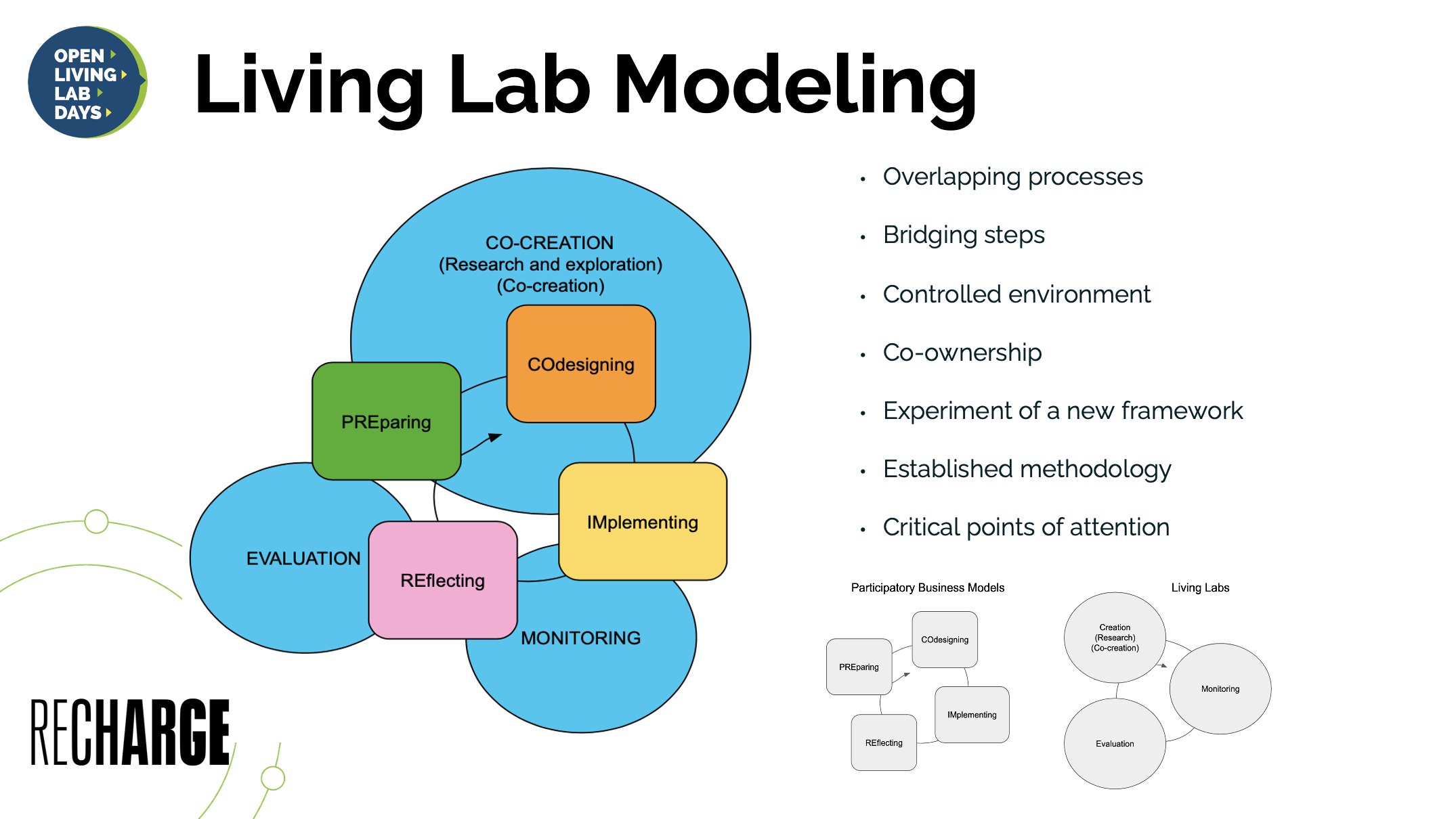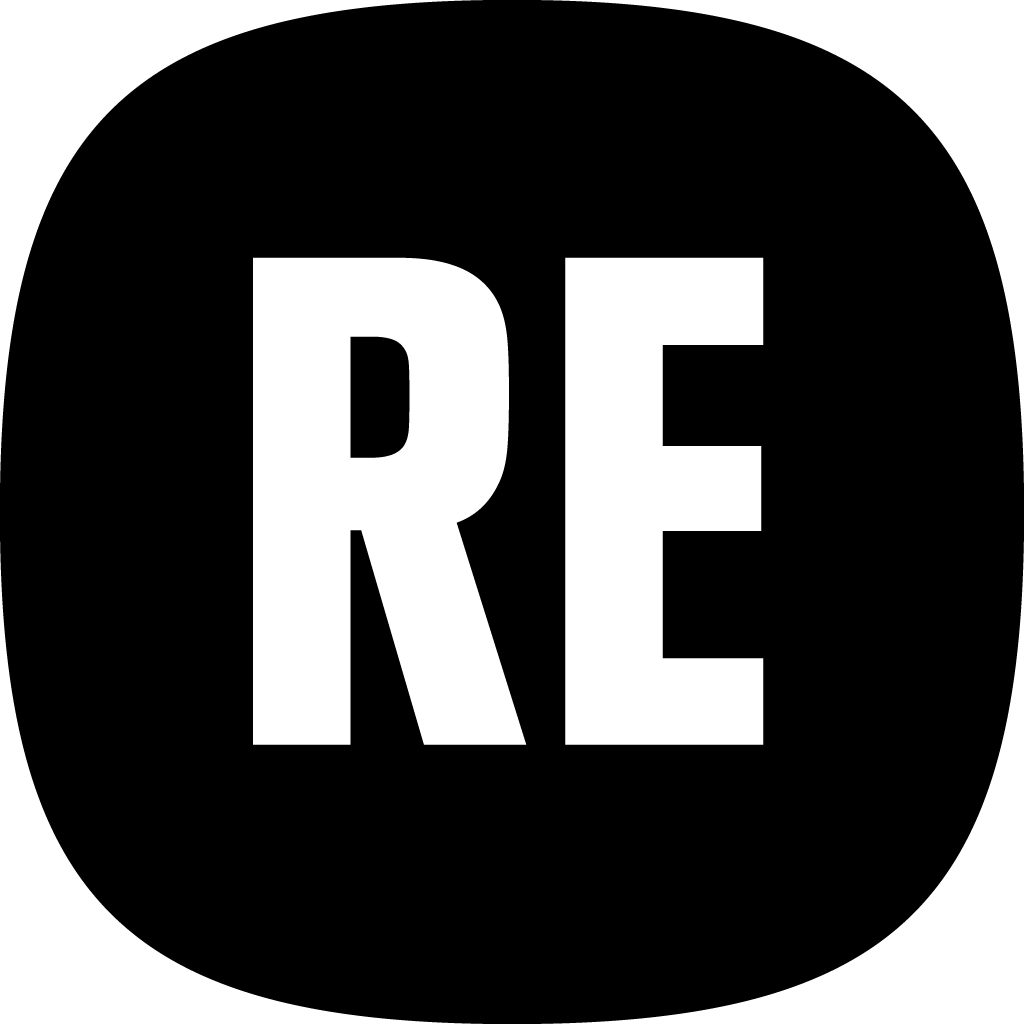Reflecting on Living Labs and Participatory Business Models: Insights from the LIVING LABS FRONTIERS Conference
The LIVING LABS FRONTIERS conference, held from September 25-27, 2024, in Timisoara, Romania, brought together a diverse group of international innovators, public officials, corporate leaders, and academics to explore the evolving role of Living Labs in driving systemic change. Organized by the European Network of Living Labs (ENoLL), this flagship event was an inspiring platform for collaboration, discussion, and exchanging ideas on how to shape the future through societal engagement.
As part of the event’s "Living Labs for Business and Emerging Technologies" section, I had the opportunity to present my paper-in-progress, *“The Covid-19 pandemic underscored the critical role of cultural heritage organisations (CHOs) in connecting people through innovative engagement”*. The research focuses on exploring the potential for museums to adopt a Living Lab approach to co-create innovative business models, with the aim of improving their financial resilience and fostering innovation.
 The Covid-19 pandemic transformed the ways in which cultural heritage organisations interact with their communities. Many CHOs found themselves rapidly adapting to a new, digital-first reality to maintain relevance and connection with their audiences. But beyond this initial pivot, the question remains: how can these organisations sustain this momentum and evolve their business models for the long term?
The Covid-19 pandemic transformed the ways in which cultural heritage organisations interact with their communities. Many CHOs found themselves rapidly adapting to a new, digital-first reality to maintain relevance and connection with their audiences. But beyond this initial pivot, the question remains: how can these organisations sustain this momentum and evolve their business models for the long term?
Our research at RECHARGE seeks to answer this question by proposing Living Labs as a framework for participatory business model (PBM) development. Living Labs, with their focus on co-creation, user-centered innovation, and stakeholder collaboration, seem uniquely suited to help CHOs integrate participatory practices across their value chains. This integration can unlock social, cultural, and economic value, not just for the institutions themselves, but also for the broader ecosystems they are part of.
The framework we are developing is based on a combination of systematic literature review, primary data analysis, and secondary data insights. Our goal is to create a replicable model that can be activated within CHOs, enabling them to serve as catalysts for participatory business models that c an sustain long-term engagement and resilience.
an sustain long-term engagement and resilience.
Living Labs offer a rich, multi-faceted environment for testing new business ideas, particularly those that require the active involvement of diverse stakeholders. At the LIVING LABS FRONTIERS conference, it was fascinating to see how this approach has been successfully applied across different sectors, from smart cities and healthcare to energy and social innovation.

For museums and other CHOs, adopting a Living Lab approach could mean involving their audiences, communities, and partners in the co-design of new services, exhibits, and revenue-generating models. It’s not just about creating new experiences; it’s about reshaping the way these organisations operate and interact with the world around them.
One of the most thought-provoking discussions at the conference centered around the concept of resilience—particularly financial resilience—for public and non-profit institutions. Cultural heritage organisations often face budget constraints, and traditional funding models can be limiting. Living Labs, by fostering collaboration between CHOs and their value networks, can help identify new revenue streams, reduce operational risks, and generate mutual benefits for all involved stakeholders.
As part of our research, we are developing a theoretical model that tests the application of Living Labs within CHOs. Early findings have already revealed both bottlenecks and opportunities. One key challenge is ensuring that participatory practices are integrated across the organisation’s entire value chain, rather than remaining siloed within individual departments or initiatives. In some cases, this requires a cultural shift within the institution, as well as the development of new skills and capacities among staff.
On the flip side, we’ve also identified significant opportunities. Museums are uniquely positioned to foster deep, meaningful engagement with their communities. By acting as facilitators of co-creation, they can tap into the collective creativity of their audiences, partners, and stakeholders to build more sustainable business models that reflect the evolving needs of society.
Presenting at LIVING LABS FRONTIERS was an invaluable experience. The feedback from attendees—many of whom are deeply embedded in the Living Lab ecosystem—helped to refine our research framework and think more critically about how Living Labs can serve as catalysts for business model innovation in the cultural heritage sector. The diversity of perspectives from participants around the globe, particularly in terms of how they approach engagement and innovation within their own Living Labs, provided a wealth of ideas that we hope to integrate into our ongoing research.
As we continue to develop this research, I am excited to further explore how museums and other CHOs can adopt participatory business models to not only survive but thrive in today’s rapidly changing world. The potential of Living Labs to unlock new ways of thinking about business, engagement, and value creation is vast—and as this conference has demonstrated, there is a growing global community dedicated to advancing these ideas.
I left Timisoara inspired, full of new insights, and eager to push forward with this research. The exchange of knowledge and best practices at LIVING LABS FRONTIERS has reaffirmed my belief that cultural heritage organisations have a critical role to play in shaping a more resilient and innovative future.

Share